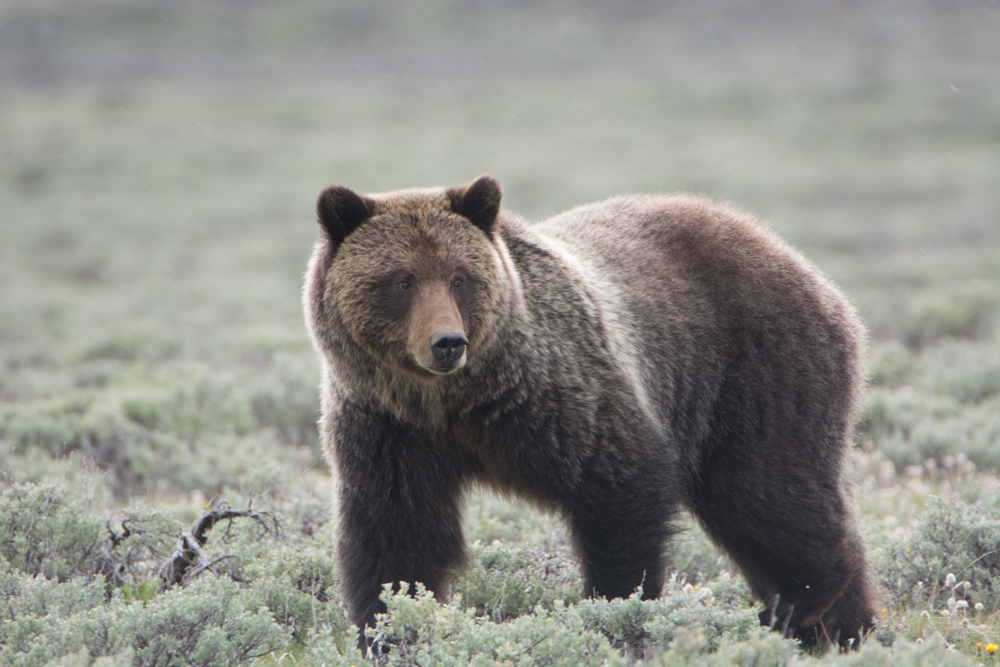Yellowstone’s grizzly bear population has been protected under the Endangered Species Act since 1975, with only 176 bears living in or around the national park at that time. After more than four decades, the bears have rebounded to some 700 animals, leading to the U.S. Fish and Wildlife Service’s delisting of them last Thursday.
“As a kid who grew up in Montana, I can tell you that this is a long time coming and very good news for many communities and advocates in the Yellowstone region,” Secretary of the Interior Ryan Zinke said in a statement. “This achievement stands as one of America’s great conservation successes; the culmination of decades of hard work and dedication on the part of the state, tribal, federal, and private partners. As a Montanan, I’m proud of what we’ve achieved together.”
Grizzlies in eastern Idaho, northwestern Wyoming, and southwestern Montana—officially known as the Greater Yellowstone Ecosystem Distinct Population Segment—will now be managed by the individual states and not the federal government. Bears outside the region will still be protected under the ESA.
Management is expected to be returned to the states by the end of July. Each state has already filed management plans with the federal government, all of which have been approved.
However, a hunting season is unlikely for the foreseeable future, even though state management powers allow a state to enact hunting seasons. Some 125 Native American tribes have signed a treaty opposing the possible taking of the species; combined with expected lawsuits from environmental groups, bears—and those that wish to hunt them—aren’t out of the woods just yet.

